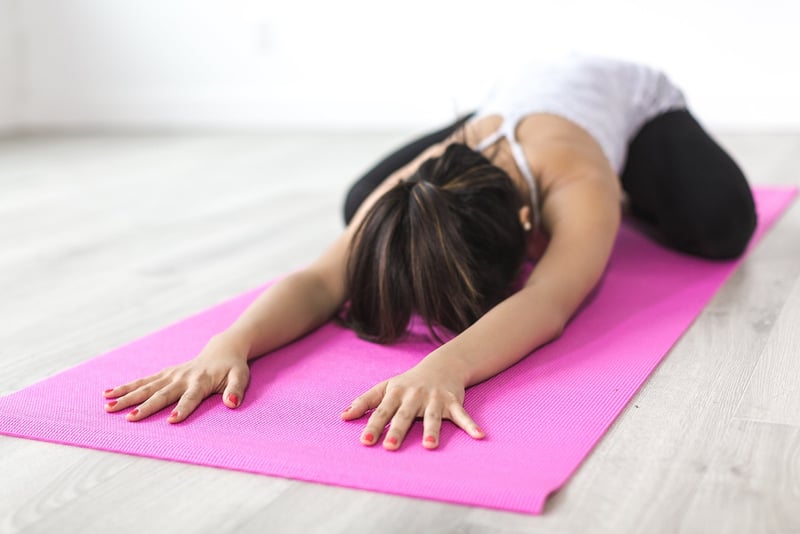Restorative Yoga
The Importance of Physical and Mental Balance through Restorative Yoga
Life can often feel like a whirlwind of stress, responsibilities, and constant busyness. In the midst of this chaos, finding a sense of balance between our physical and mental well-being is essential for overall health. One effective way to achieve this equilibrium is through the practice of Restorative Yoga.
What is Restorative Yoga?
Restorative Yoga is a gentle and therapeutic form of yoga that focuses on relaxation and rejuvenation. Unlike more active styles of yoga, Restorative Yoga involves holding poses for an extended period, typically 5 to 20 minutes, supported by props like blankets, bolsters, and blocks. This allows the body to fully relax and release tension, promoting deep physical and mental restoration.
Benefits of Restorative Yoga:
- Stress Reduction: Restorative Yoga activates the parasympathetic nervous system, also known as the "rest and digest" response, which helps reduce stress levels and promote relaxation.
- Improved Sleep: The calming nature of Restorative Yoga can help improve sleep quality and ease insomnia symptoms.
- Enhanced Flexibility: Holding gentle poses for an extended period can help increase flexibility and mobility in the body.
- Mental Clarity: By quieting the mind and focusing on the breath, Restorative Yoga can enhance mental clarity and promote mindfulness.
- Emotional Healing: The practice of Restorative Yoga provides a safe space for emotional release and healing, allowing practitioners to process and let go of pent-up emotions.
How to Practice Restorative Yoga:
- Find a quiet and comfortable space free from distractions.
- Gather props such as blankets, bolsters, and blocks to support your body in each pose.
- Choose a few restorative poses that feel good for your body, such as Child's Pose, Legs-Up-the-Wall, or Supported Bridge Pose.
- Hold each pose for 5-20 minutes, focusing on deep, slow breaths and allowing your body to relax fully.
- Listen to your body and make adjustments as needed to ensure comfort and ease in each pose.
- End your practice with a few minutes of Savasana (Corpse Pose) to integrate the benefits of your practice.
Whether you're a seasoned yogi or new to the practice, incorporating Restorative Yoga into your routine can help you find the much-needed balance between your physical and mental well-being. Take the time to slow down, breathe deeply, and nourish your body and mind through the restorative power of yoga.

Discover the transformative effects of Restorative Yoga and embark on a journey towards physical and mental harmony today!
References: Yoga Journal - Restorative Yoga
